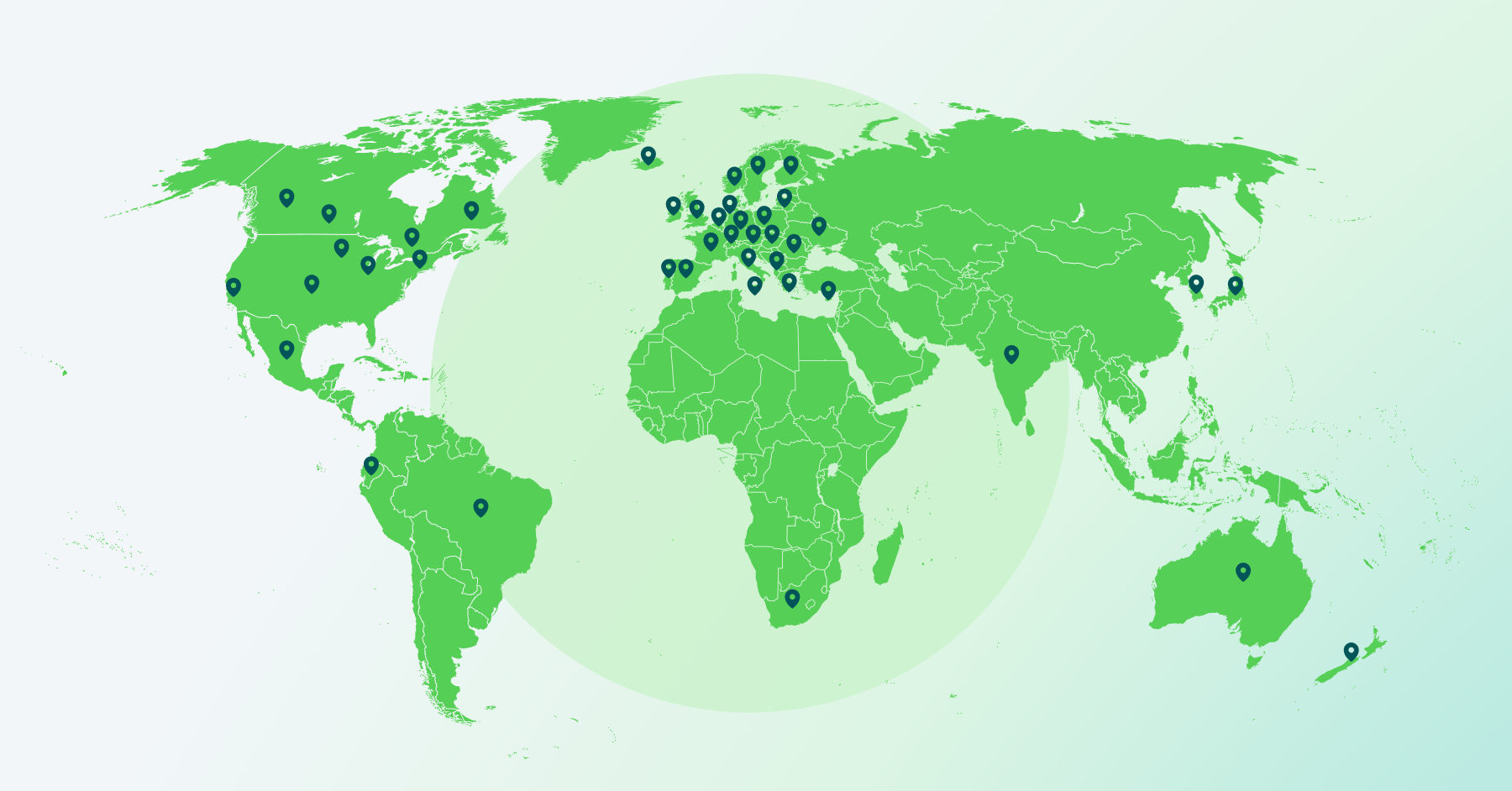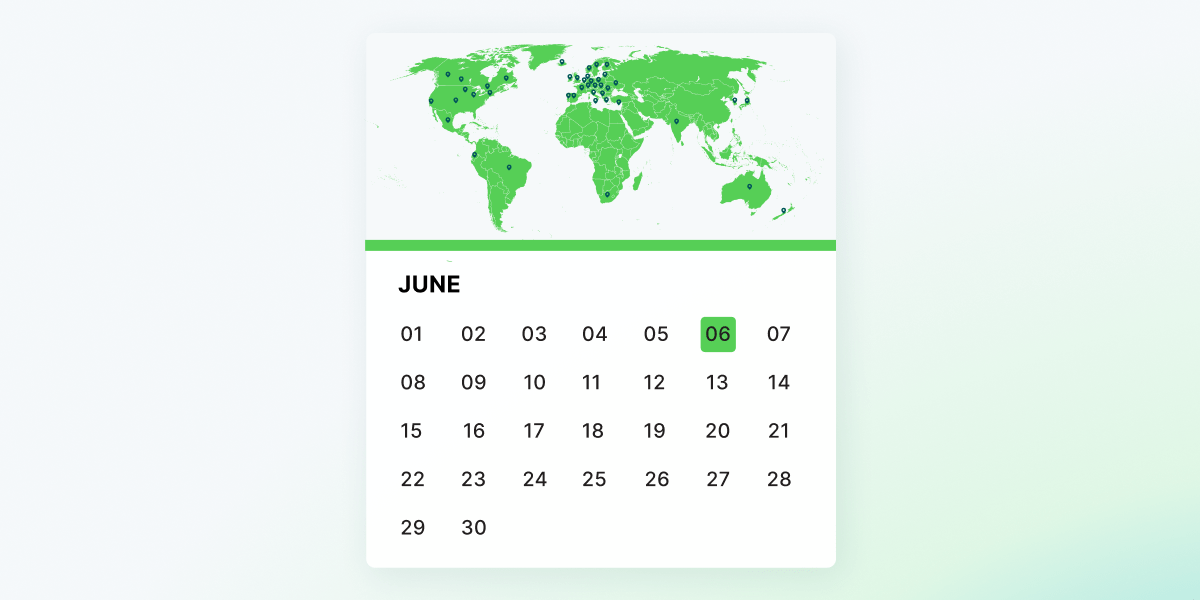We’re pleased to feature one of our customers, Lauren Jackman, Director of Diversity, Inclusion and Belonging for Medallia, to learn more about her perspective on pay equity and closing the wage gap.
2020 tested our stamina. But it also pulled back the curtain on issues that, as a society, we can no longer ignore: like equal pay.
Research shows COVID has taken a toll and eroded all of the incremental progress we’ve made against closing the wage gap: more than 24% of women are considering quitting their job altogether due to the increased workload at home. Black women and women of color are being hit even harder, with many pulling back from work and under tremendous pressure to make ends meet. Coupled with the renewed call to end racial injustice, it’s clear that companies and CEOs must urgently prioritize fairness and equity to recoup efforts to close the gender wage gap.
Addressing pay disparities is a real, actionable step companies must take right now to create systemic change in closing the wage gap. But there’s a big difference between doing a one-time analysis that can treat the symptoms of unequal pay versus incorporating ongoing measurement that allows you to fix problems at the source by providing a continuous view of your pay equity status.
Here are four considerations that should be top-of-mind for all companies as they think about pay equity and closing the wage gap moving forward.
Don’t settle for one-and-done pay equity audits
Every day, employees are joining the company, leaving the company, changing teams or roles internally, getting promoted, or relocating. When things are changing so frequently within your organization, it can be incredibly difficult to proactively manage your pay equity status.
If you only have a point-in-time snapshot, it’s not an accurate reflection of your business. Most companies understand the value of looking at important business metrics in real time, and pay equity should be no exception. Small process changes that may seem minor can actually have a big impact on getting people aligned on pay equity.
For example, if your HR pay equity analytics platform integrates with your human resources system, you can analyze your current standing with the push of a button — a significant step towards making pay equity a real-time, continuous process.
Invite the right people in for closing the wage gap
You need partners in the organization who also think critically about pay equity and pay gaps. Team up with leaders in your People organization, including Compensation, HR, Diversity & Inclusion, and People Analytics so everyone understands how the company is analyzing pay equity.
Your Compensation partner will have insight into pay factors like bonuses. Your HR partner will have insight into a person’s specific job family and how people are grouped for “substantially similar” work. Your Diversity, Inclusion, and Belonging partners will have insight into dynamics around gender and racial and ethnic representation across teams and levels. And the People Analytics team will have insight into the broader business questions you seek to answer and how pay equity fits in.
These partners also become your eyes and ears to raise a flag for things like an upcoming reorg, a wave of relocations (like many companies saw during the pandemic), internal transfers, promotions, etc. — all of those business changes that have a downstream impact on pay equity and pay gaps.
Make pay equity part of existing workflows
And just like your people need to be connected in the pay equity process, so do your workflows. Think about integrating pay equity as a data point into existing business processes, such as determining salary when extending a job offer, leveling and mapping salaries after an acquisition, or fairly and appropriately allocating resources when awarding raises and promotions to help reduce the opportunity gap.
Pay equity data may also be a really interesting data point for understanding other important issues, like employee retention. For example, Gartner’s article on retention strategies points to unfairness-based turnover in tech as a $16B a year problem, with women leaving technology jobs at twice the rate of their male counterparts.
Pay equity is not something that sits on top. It’s part of the rhythm of the business.
Approaching pay equity holistically is important from the employee perspective. When employees know their employer is committed to making pay adjustments on an ongoing basis, they’ll be able to keep their attention on doing their best work — not worrying about fairness. Making pay equity a pillar of your inclusive workplace as you continue work on closing the wage gap reassures your employees that you take fairness at work seriously.
Questions to make pay equity sustainable
Pay equity status is fluid. And the last thing you want to do is be so reactive that every time you access your pay equity data, you’re making changes. Instead, it’s important for every company to consider the factors that will make pay equity approachable and sustainable:
- Do you expect to be in good standing 100% of the time?
- What are the right times to look and know your assessment has meaning? Will you run analyses at the end of every quarter? Annually, timed with a big compensation cycle?
- Who will you report out to and at what cadence?
- What is your commitment around addressing disparities?
Managing pay equity can be complex and challenging, but it doesn’t need to be a guessing game. With the right tools and partners, and sustained effort and attention, companies can develop clarity and confidence in their practices.
While there’s no silver bullet solution to pay equity or closing the wage gap, we’re starting to identify the areas of focus — like creating a process that is real-time, meaningful, and connected — that will help us get the right people thinking critically about this matter in order to create systemic change.



